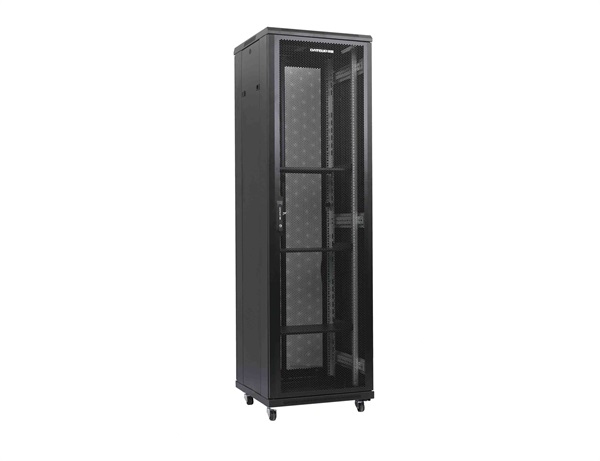News
Site Editor
 Site
https://leonetworkgroup.usa18.wondercdn.com/uploads/image/5fe152faa587d.png
A network monitoring tool is an essential component of modern IT infrastructure. It enables IT teams to ensure the stable and secure operation of networks and applications. With so many network monitoring tools available in the market, choosing the right one can be daunting. There are several factors IT teams should consider when selecting a network monitoring tool.1. ScalabilityNetworks may grow
Site
https://leonetworkgroup.usa18.wondercdn.com/uploads/image/5fe152faa587d.png
A network monitoring tool is an essential component of modern IT infrastructure. It enables IT teams to ensure the stable and secure operation of networks and applications. With so many network monitoring tools available in the market, choosing the right one can be daunting. There are several factors IT teams should consider when selecting a network monitoring tool.1. ScalabilityNetworks may grow
How To Choose A Network Monitoring Tool
Views: 416
Author: Site Editor
Publish Time: 2023-07-13
Origin: Site
A network monitoring tool is an essential component of modern IT infrastructure. It enables IT teams to ensure the stable and secure operation of networks and applications. With so many network monitoring tools available in the market, choosing the right one can be daunting. There are several factors IT teams should consider when selecting a network monitoring tool.
1. Scalability
Networks may grow over time, so it’s important to choose a monitoring tool that can scale with it. The tool should be able to handle an increasing number of network devices and monitored metrics, as well as adapt to new environments.
2. Network topology
The tool should support the organization’s network topology. It should be able to monitor all devices and nodes, including servers, routers, switches, and firewalls, regardless of their location within the network.
3. Data collection and analysis
The tool should collect data about network performance, traffic, and usage. It should also analyze this information to provide insight into network performance and identify problems before they impact the network.
4. User interface
The tool should have an easy-to-use interface that enables IT teams to quickly access and analyze collected data. A customizable dashboard gives IT teams complete visibility of network performance.
5. Alerting
The tool should alert IT teams in real-time when there is an issue with the network. The alerting system should be configured based on the level of severity, and alerts should be easily accessible from a central dashboard.
6. Reporting
The tool should provide customizable reports that IT teams can use to identify trends, make informed decisions, and plan for future upgrades or changes in network configuration.
7. Integrations
The tool should be able to integrate with other tools and applications such as threat intelligence, network automation, and security tools.
8. Support
The tool provider should offer appropriate support during installation, configuration, and ongoing use of the tool. This may include technical support, training, and access to user communities.
In conclusion, selecting an appropriate network monitoring tool requires careful consideration of several factors. Understanding the organization’s network topology and future growth potential, collecting and analyzing data, having an easy-to-use interface, alerting, reporting, integration with other tools, and support are all critical factors to consider when selecting a tool. By considering these factors, IT teams can ensure they select the right tool for their network monitoring needs.
If you want to know more about industrial network cabinet,china fiber optic splice closure,china fiber optic distribution box,please consult the fiber optic splice closure factory









